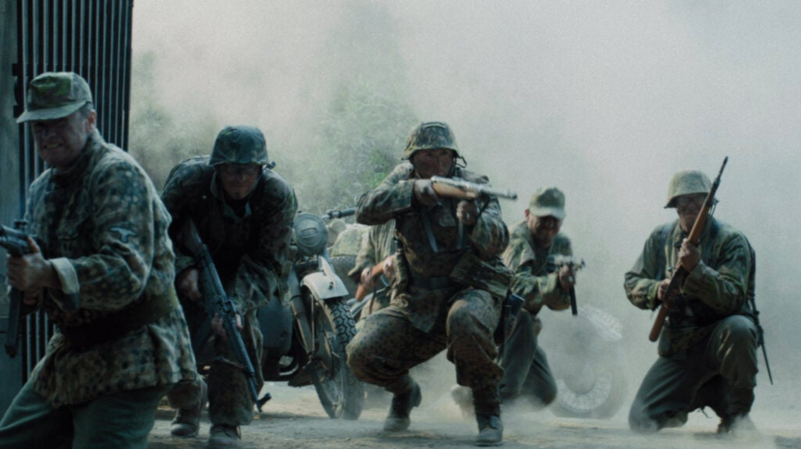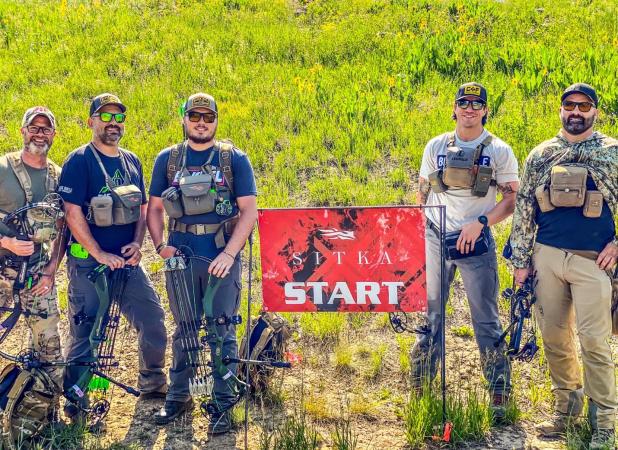Dr. Henry Walton Jones, Jr., nicknamed “Indiana,” is probably one of the most memorable characters to ever appear in theaters, anywhere in the world. The kind of archaeology practiced by Dr. Jones may come as a surprise to any real-life archaeologists when they begin their work, but Indy worked in a different time, fighting Nazis, grave robbers, and bandits of all kinds.
By day, he’s a mild-mannered professor, Dr. Jones wears a tweed blazer with leather patches, eyeglasses, and probably a sweater of some kind. When he goes out into the field he becomes Indiana Jones, with his trademark fedora hat, whip, and leather jacket. He’s your average Joe hero who accomplishes super-heroic feats – but where did he get his coolness under fire?
Viewers might have noticed that Dr. Jones does not wear an American uniform, despite the fact that the central movies and some of the books are set against the background of World War II. Indiana Jones was born in 1899, which would make him too old to be drafted for World War II. As outlined in “The Young Indiana Jones Chronicles,” a short-lived television series from the early 1990s, he had already served in uniform.
As a young man, Henry Jones Jr. joined Pancho Villa’s gang of bandits. Villa raided Columbus, New Mexico in 1916, taking valuables that Jones tried to get back. Jones was captured by the gang, but his life was spared and he joined them in a few raids. After the U.S. Army got involved, Indy opted not to fight the Americans and briefly went home, avoiding the Punitive Expedition of 1916-1917.
His stay was short-lived. Later in 1916, Jones would head to Europe, where World War I was ongoing. The Americans had not yet joined the Great War, so Jones joined the Belgian Army as an American volunteer. He fought in the Battle of the Somme, a fight that lasted almost six months and killed more than 145,000 while inflicting more than a million casualties. Jones was captured by the Germans during the battle.

Jones would escape life as a prisoner of war, and return to friendly lines. Once there, he became a courier for the French Army and served in the 1916 Battle of Verdun. The violence of Verdun had a lasting effect on young Indy, and he purposely avoided delivering a message that would have led to a disastrous assault from the French, and might potentially have killed thousands of their soldiers.
His next World War I assignment was in Africa, fighting the Germans in German East Africa, which is today Burundi, Rwanda, Tanzania, and part of Mozambique. He would later join the Belgian and French intelligence services, going incognito on missions in Palestine, Morocco, Romania, Italy, and the Ottoman Empire, just to name a few. Jones was back in the trenches of the Western Front when the armistice was signed in 1918.
Though Jones was too old to join the military (for any country) during World War II, he still served. Instead of joining the infantry, he joined the Office of Strategic Services, or OSS, precursor to the modern-day Central Intelligence Agency. His job was tracking down artifacts before the Nazis could find them, anywhere in the world. His main nemesis was the Ahnenerbe, a Nazi German think tank that sought to prove that Adolph Hitler’s aryan ideology was real, and that a superior race descended from ancient civilizations.
The Nazis used Ahnenerbe research to justify its racial discrimination policies (in real life, actually), and German propaganda at the time pointed to an Aryan race that originated in Eastern Europe from which the Germanic people were descended. In the Indiana Jones canon, Indy, using his skills as a combat veteran and adventurer, foiled many of its attempts at finding relics to justify persecution. In real life, the Ahnenerbe destroyed most of its work to avoid being hanged at Nuremberg.

















